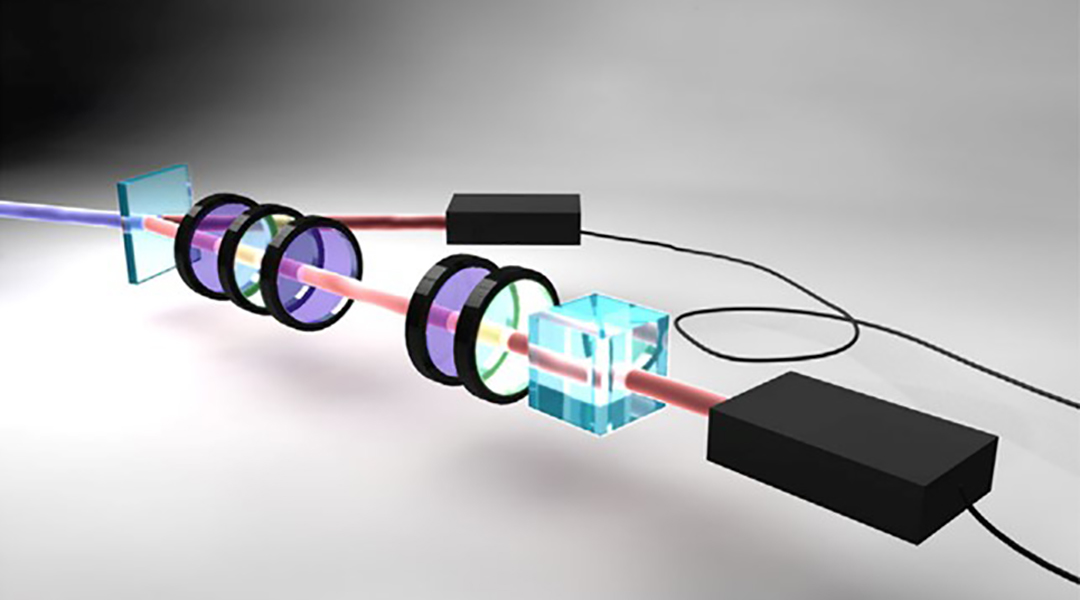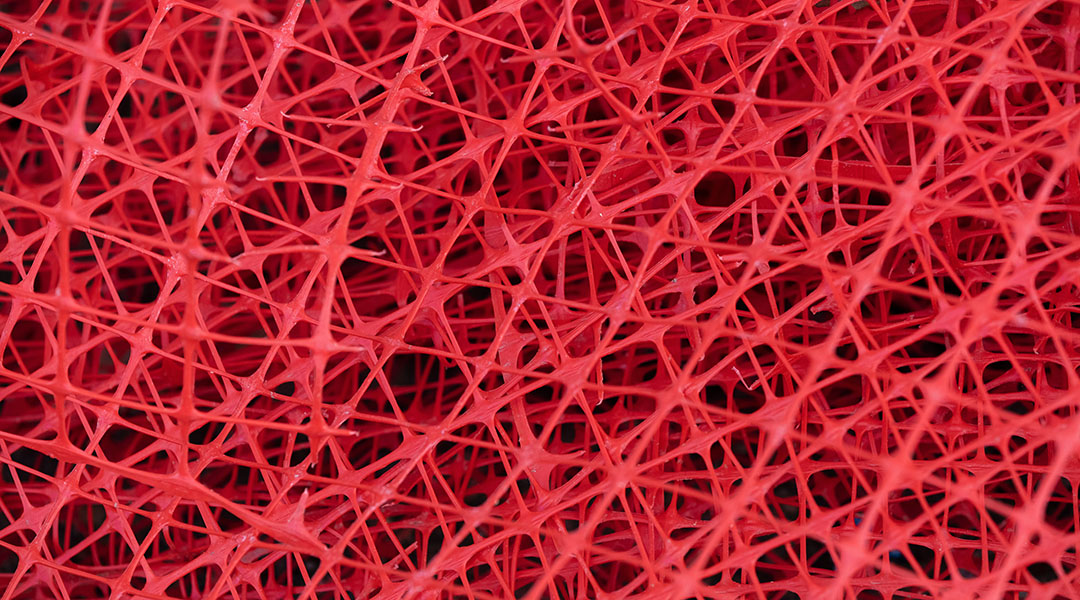As machine learning gets better at deciphering our brain activity, the possible uses and misuses of this technology come into focus.


As machine learning gets better at deciphering our brain activity, the possible uses and misuses of this technology come into focus.

Quantum computing to process large amounts of data tested by bringing together complementary and versatile quantum processors.

While AI has proven itself to be extremely capable in discerning optimal chemical structures, synthetic feasibility remains a challenge.

A new machine learning algorithm called “Active Learning” could help identify the best materials for any desired application.

Simulations at Graz University of Technology refute earlier theories on long-range charge transfer between organic and inorganic materials.

An automatic design approach with a new 3D-printing method is established to fabricate soft composites that can change to predetermined shapes and generate controllable robotic motions under a magnetic field.

A new approach combines 3D coherent imaging with machine learning to detect microscale microplastics in filtered water samples.

Hardware and software tweak microwave patterns to discover the most efficient way to identify objects.

By combining two types of memory arrays, researchers can accelerate image recognition for more efficient machine learning.

A new machine learning algorithm that can predict battery performance and failure beyond the expert level.